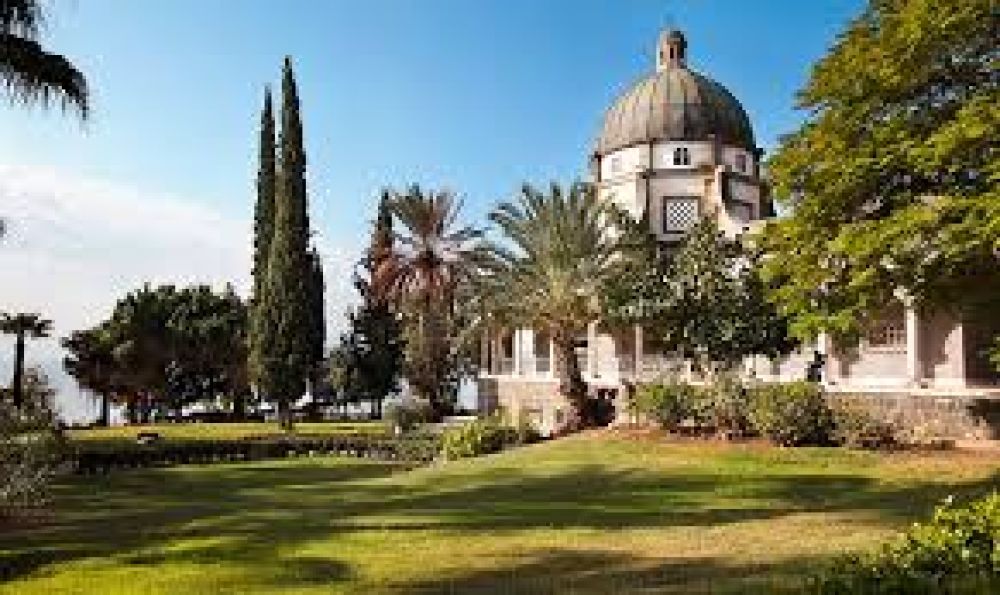

The Mount of Beatitudes is a hill in northern Israel, near the city of Tiberias, on the northwestern shore of the Sea of Galilee. It is the traditional site of the Sermon on the Mount, where Jesus is believed to have delivered the Beatitudes as recorded in the Gospel of Matthew. This location has long been a destination for Christian pilgrims and is considered one of the most sacred sites in Christian tradition.
The history of tourism to the Mount of Beatitudes dates back to the early centuries of Christianity. As early as the 4th century, devout Christians began traveling to the Holy Land to visit sites associated with the life of Jesus. Early pilgrims recorded their visits to the Sea of Galilee and the surrounding areas, where they commemorated Jesus' teachings and miracles.
Byzantine Christians built a church near the Mount to mark the place where Jesus was believed to have preached. Over the centuries, the site has seen a number of churches built and destroyed due to changing rulers and strife in the region.
In the modern era, the Mount of Beatitudes has continued to be a popular pilgrimage destination. The current Catholic chapel at the site was built in 1938 and is overseen by the Franciscan Sisters. Pilgrims from around the world travel here to walk in the footsteps of Jesus and reflect on his teachings.
The site offers visitors a serene atmosphere, with well-manicured gardens and a panoramic view of the Sea of Galilee. The natural beauty of the place and its spiritual significance make it a profound experience for many who visit. The chapel and its surrounding area are maintained as a place for prayer, worship, and contemplation.
In recent years, faith-based tourism in Israel has continued to grow, with strategies in place to accommodate visitors from diverse backgrounds. The region has seen improvements in infrastructure to better serve the influx of tourists, including better roads, increased accommodation options, and multilingual guides.
The concept of "Biblical tourism" has become a trend, with virtual reality experiences and mobile apps that provide historical context and augment the onsite experience for pilgrims and casual tourists alike. The Mount of Beatitudes has embraced this trend, offering interactive experiences that bring ancient scripture to life.
Furthermore, eco-tourism has also seen a rise in popularity, with visitors interested in the native flora and fauna as well as the site's religious history. Local authorities have taken measures to preserve the natural landscape amidst the increasing foot traffic.
In light of global events and the rise of digital media, virtual tours of sacred sites, including the Mount of Beatitudes, are becoming a complementary option for those unable to travel. As the world navigates through the challenges posed by health crises, such digital innovations ensure that the historic and spiritual significance of these places remains accessible to all.
Overall, the Mount of Beatitudes continues to be a beacon for those seeking spiritual inspiration, historical context, and a connection to the land where key events of the Christian faith unfolded. Its enduring appeal demonstrates the deep human desire for spiritual journeys and the ongoing relevance of ancient teachings in today's world.